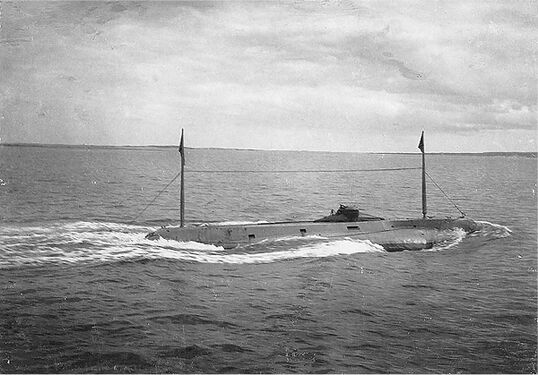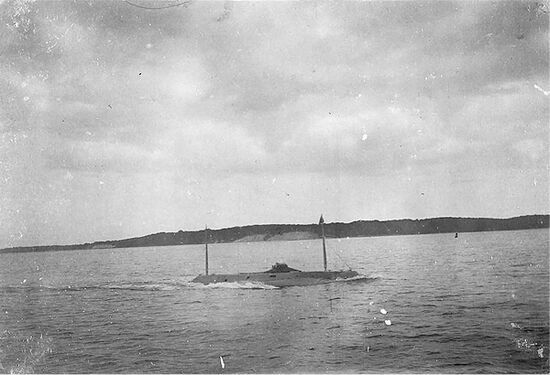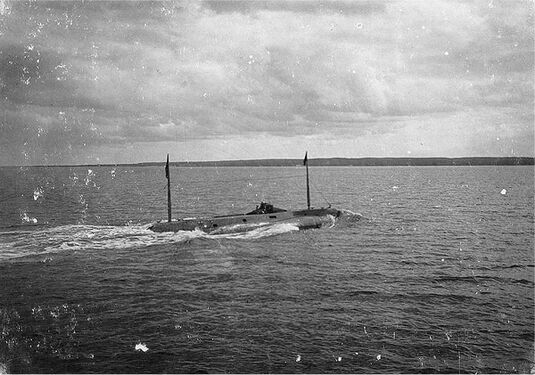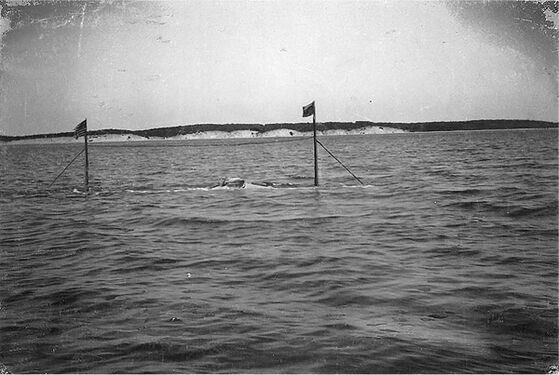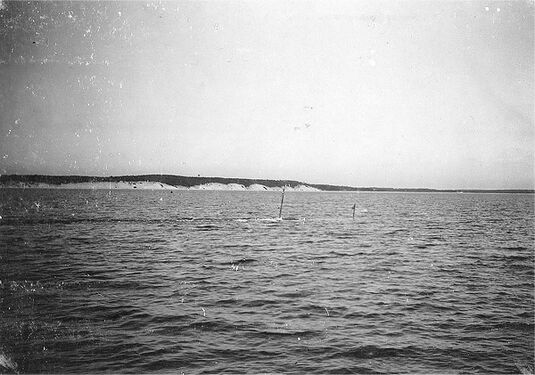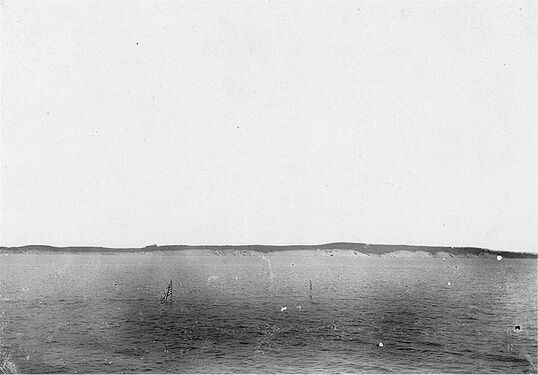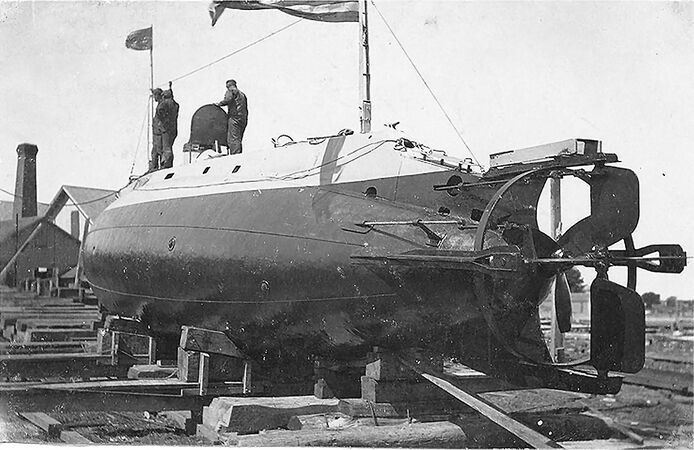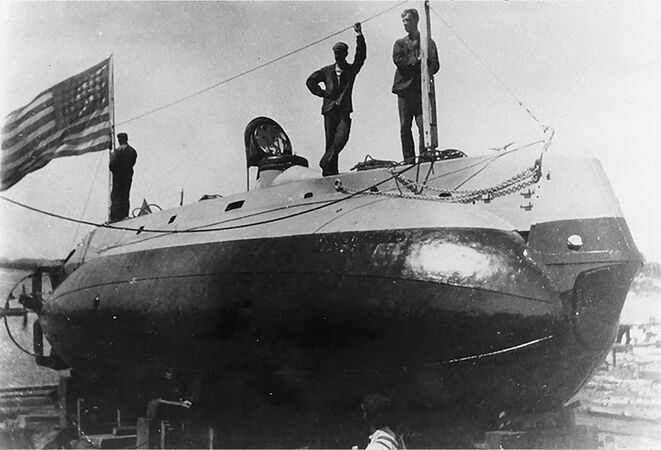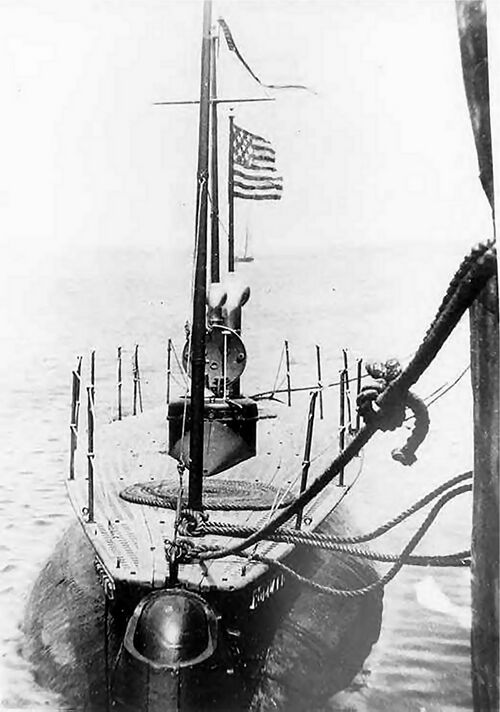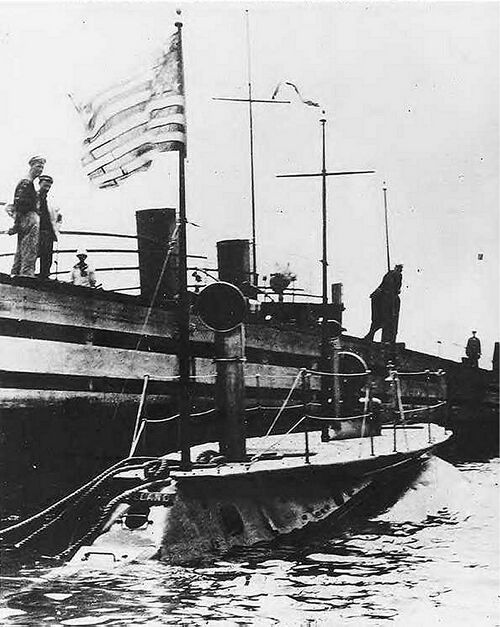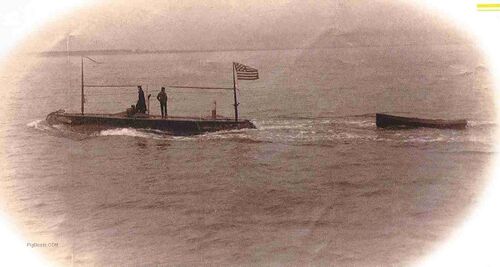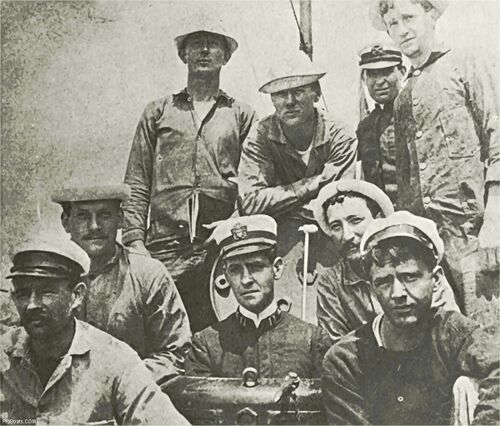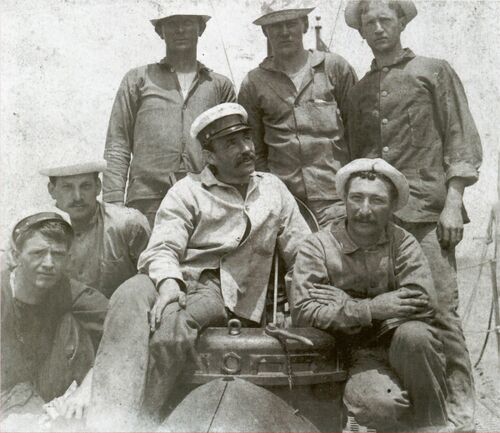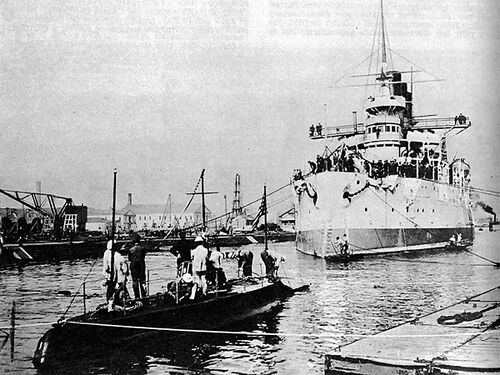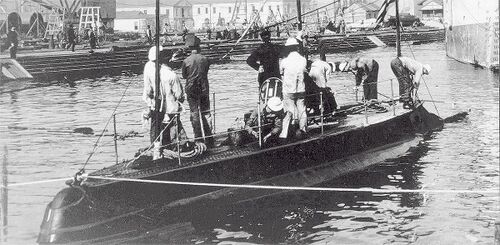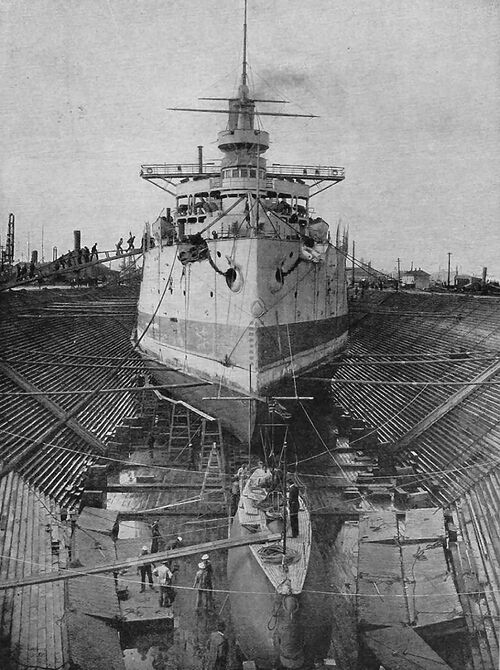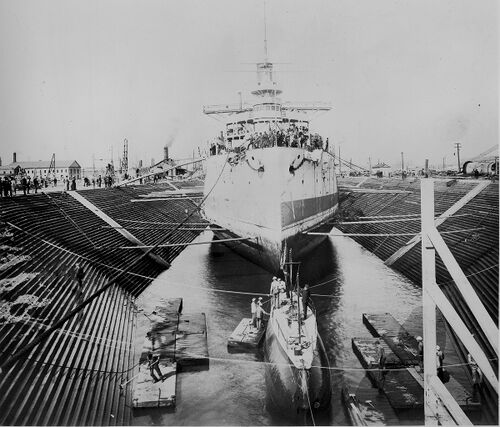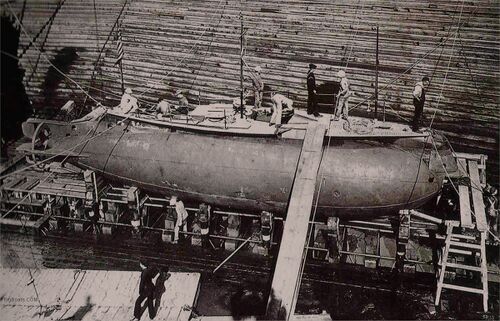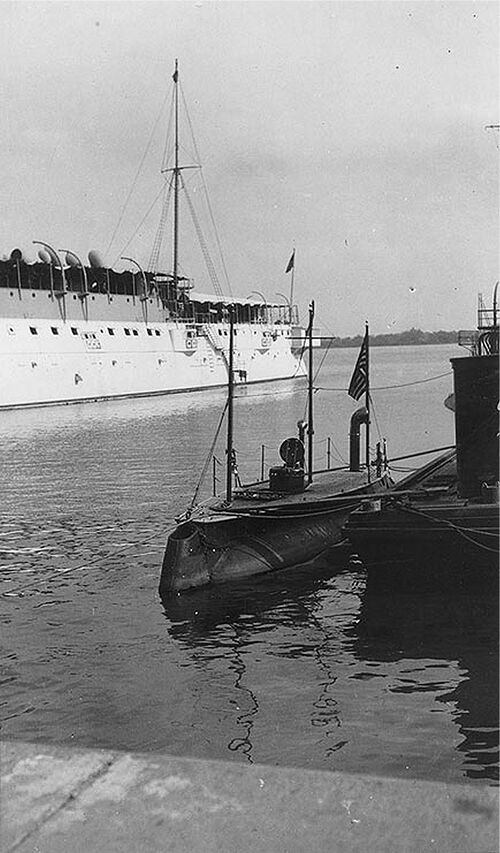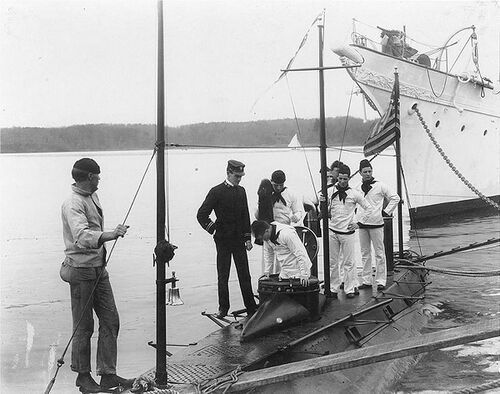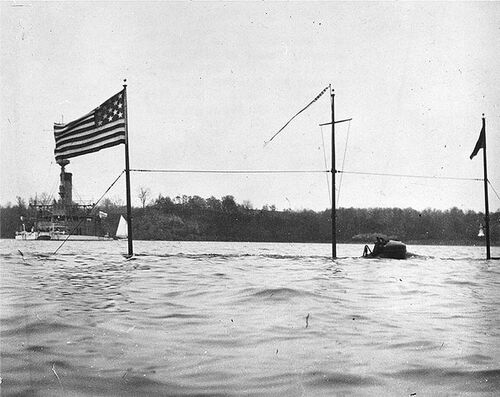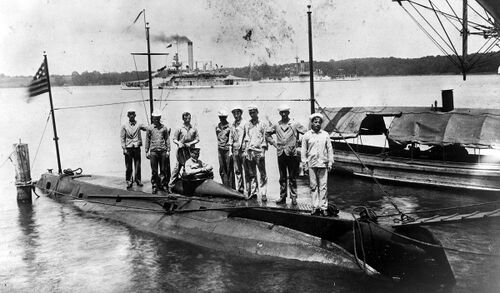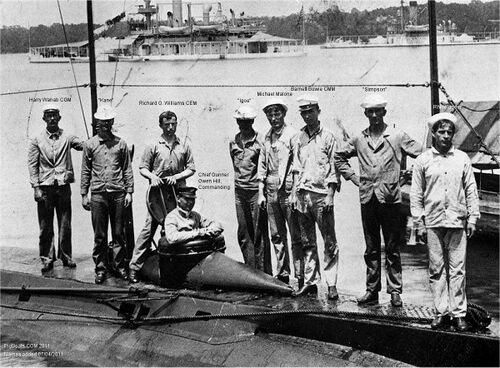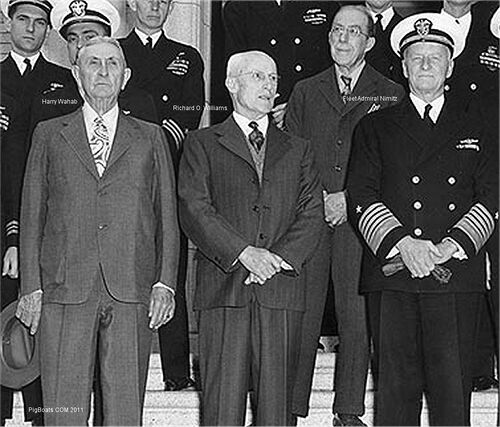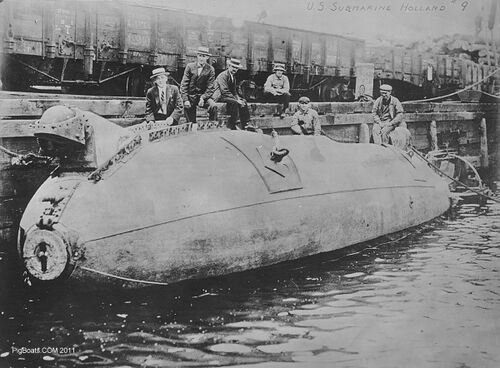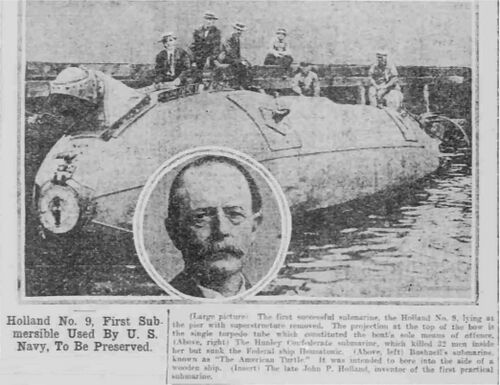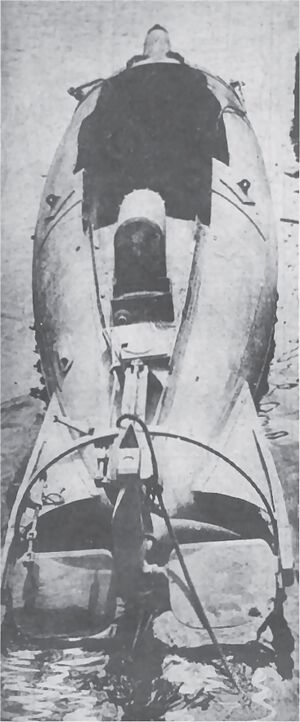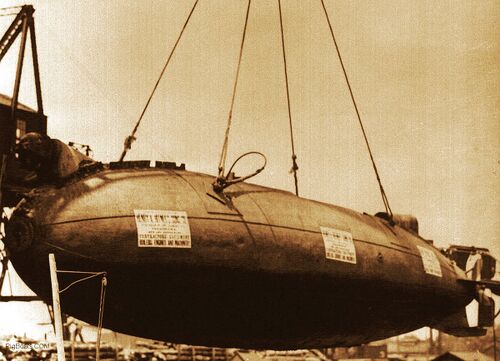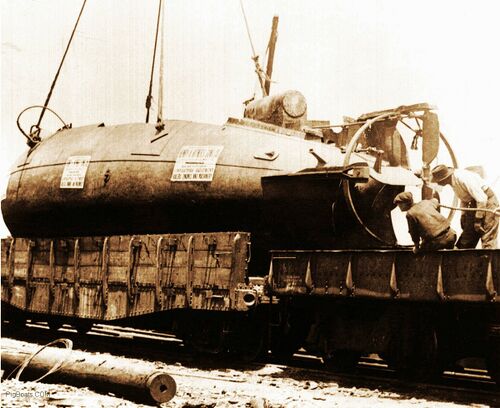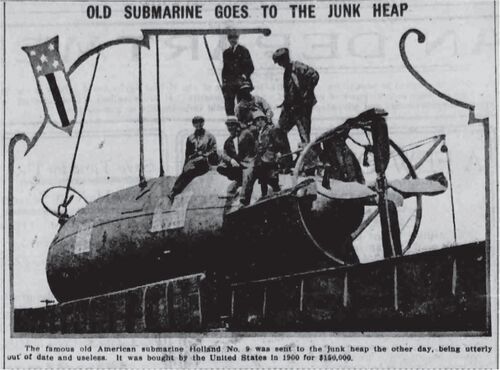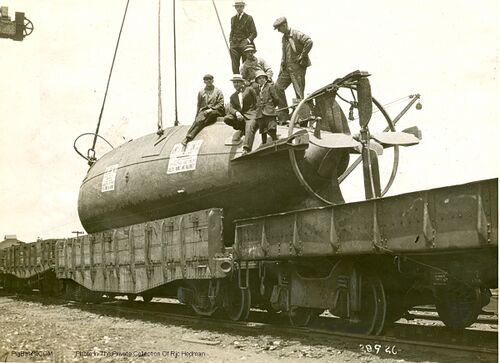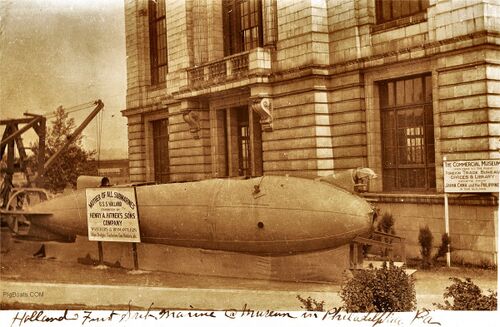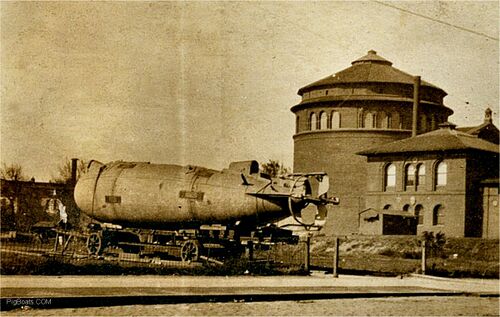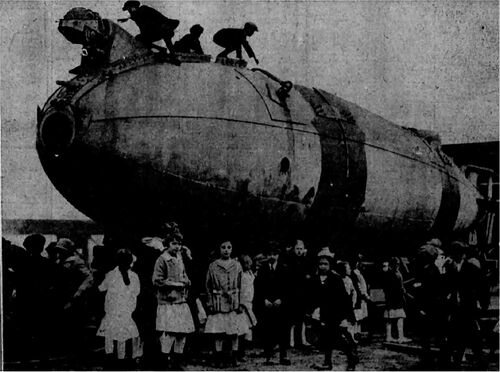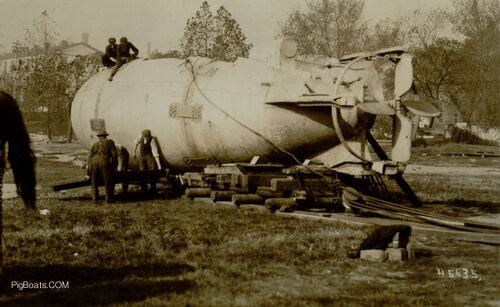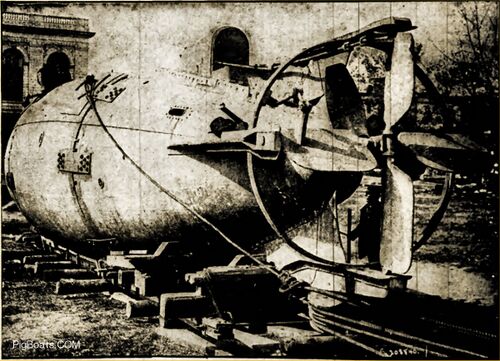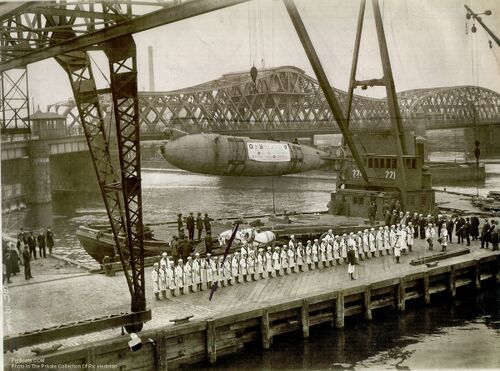Holland

Design, Construction, and Naming Notes
Holland (Submarine No. 1)
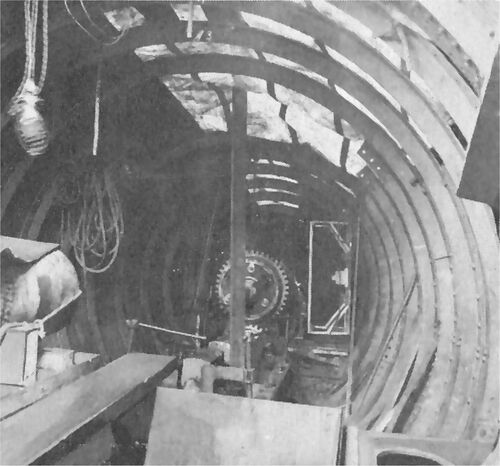
U.S. Navy Photo
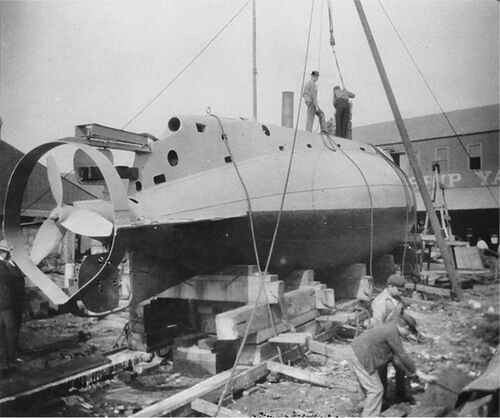
U.S. Navy Photo

U.S. Navy Photo
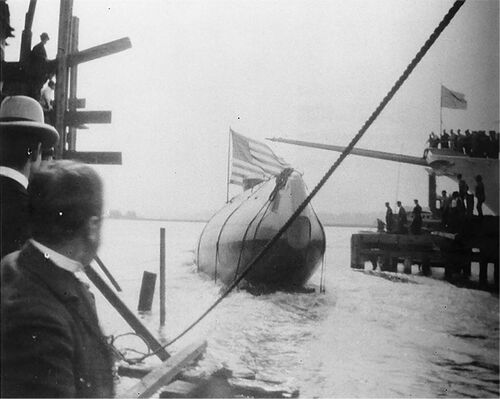
U.S. Navy Photo
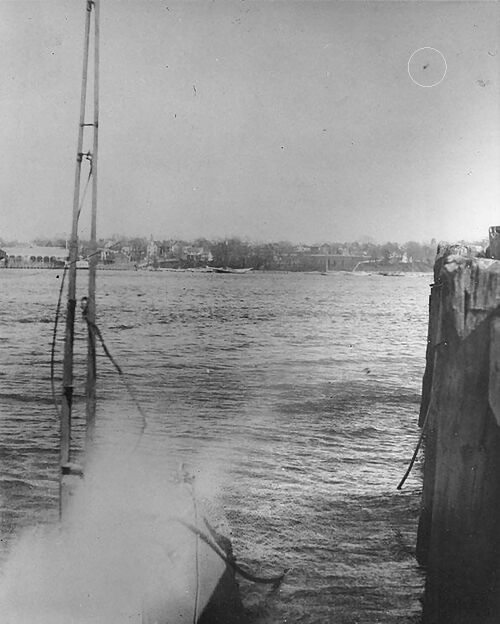
U.S. Navy Photo
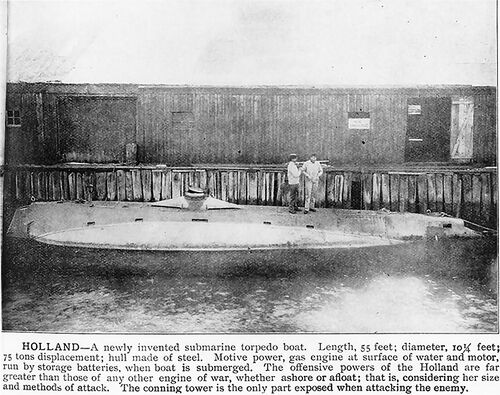
Library of Congress
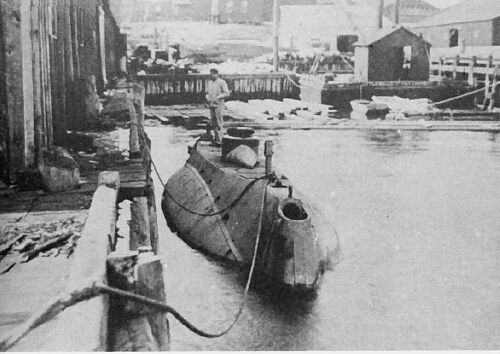
U.S. Navy Photo
The April 20, 1898 Trials
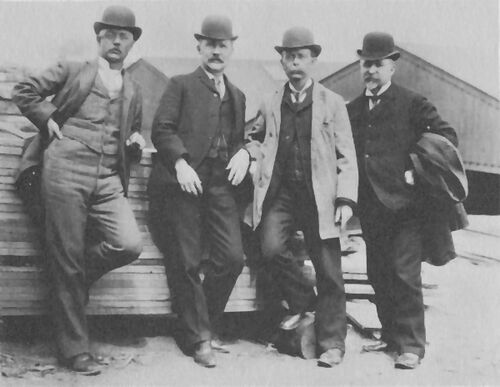
Walter Thompson, superintendent of the Raritan Dry Dock.
Charles A. Morris, superintending engineer of the John P. Holland Torpedo Boat Company.
John P. Holland, inventor of the submarine.
Mr. Matthews, an investor in the John P. Holland Torpedo Boat Company
All there to witness the first real trial run of the submarine boat Holland on Raritan Bay before a Navy Board of Inspection.
US Navy Photo
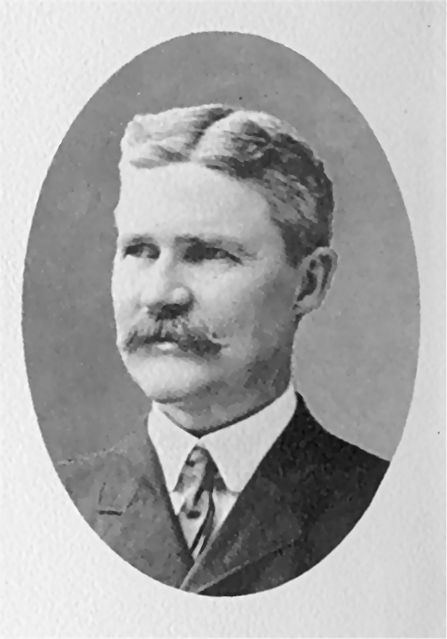
Morris Family Photo
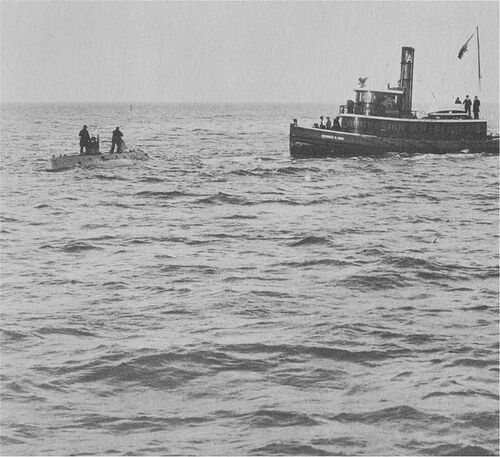
U.S. Navy Photo
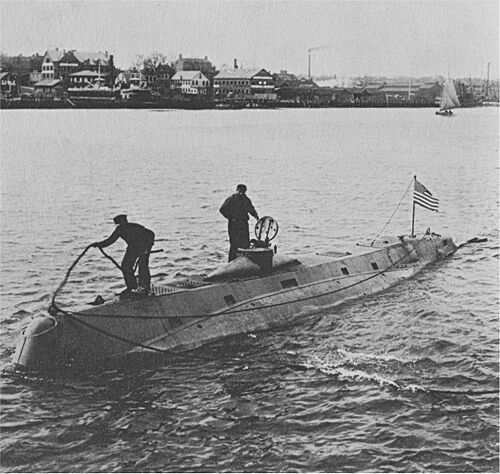
U.S. Navy Photo
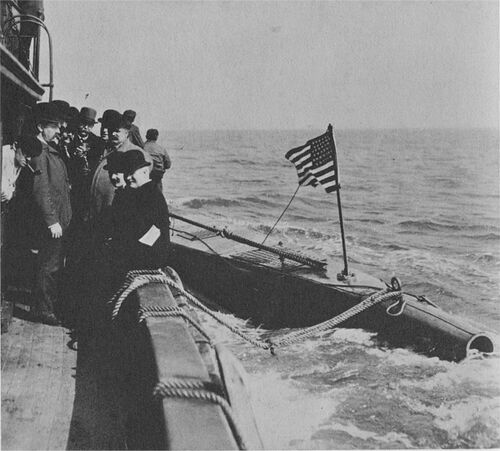
U.S. Navy Photo
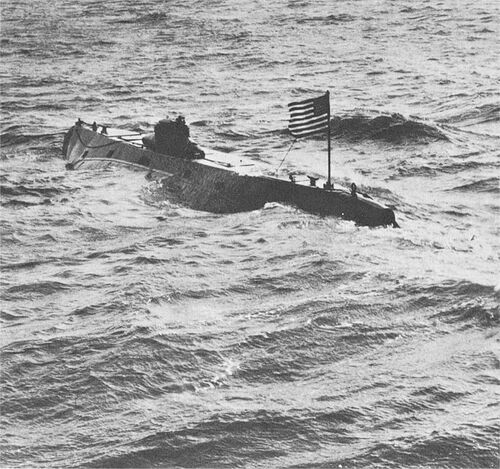
U.S. Navy Photo
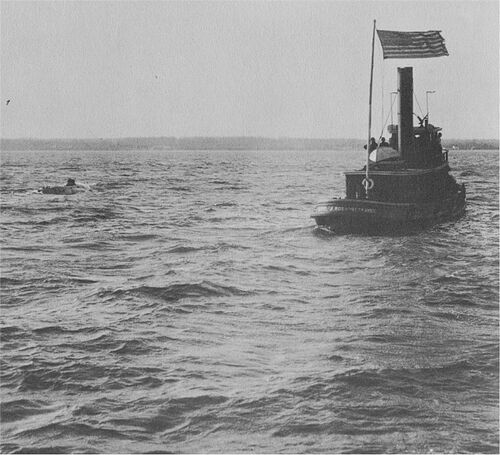
U.S. Navy Photo
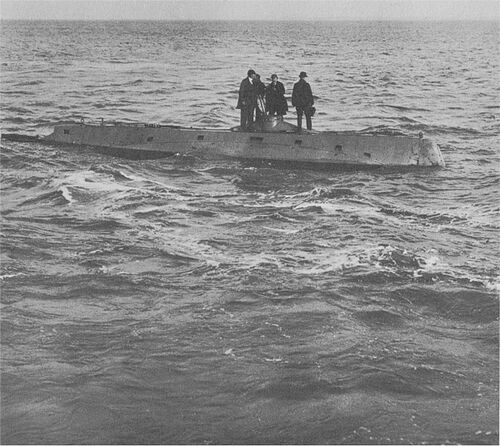
The Erie Basin Haulout
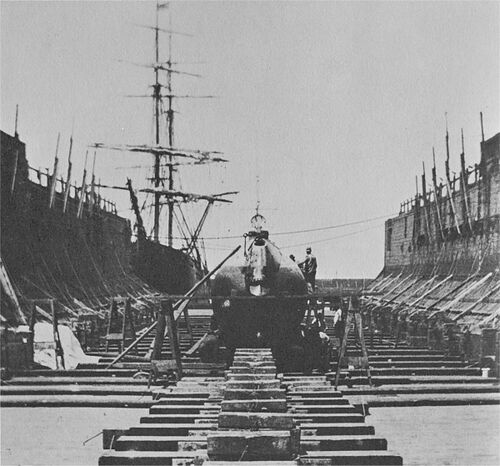
U.S. Navy Photo
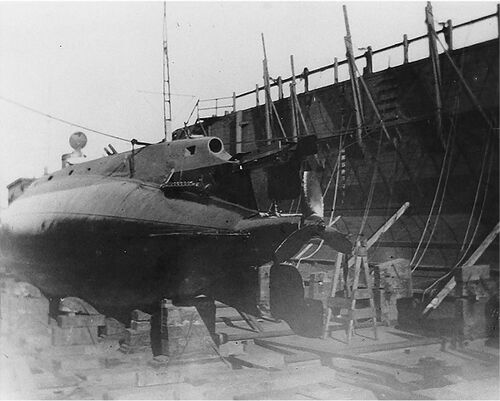
US Navy Photo
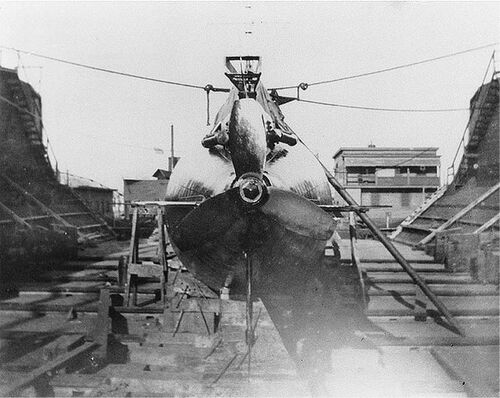
US Navy Photo
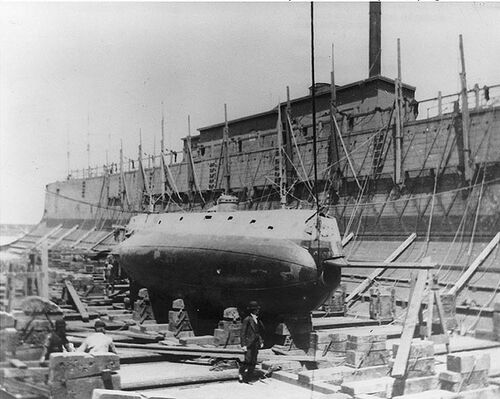
The Atlantic Yacht Basin Haulout
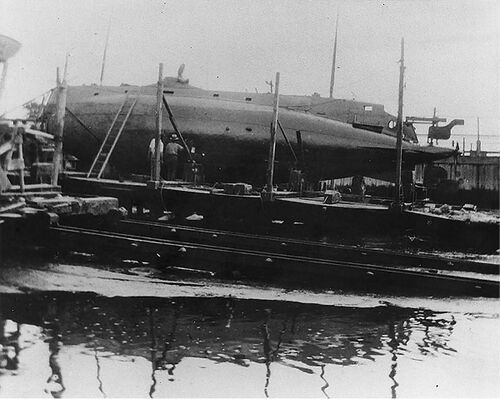
In September 1898 the Holland was hauled out at the Atlantic Basin shipyard and extensive work was done. A new smaller propeller was installed, she received a fresh paint job, and the torpedo tube was re-bored. She was ready for further testing by November 4, 1898. On the 12th of November fresh trials began. This was the first time John Holland did not handle the submarine himself.
US Navy PhotoMorris Heights Haulout
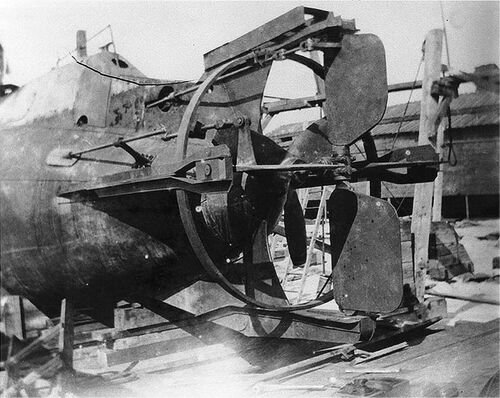
US Navy Photo
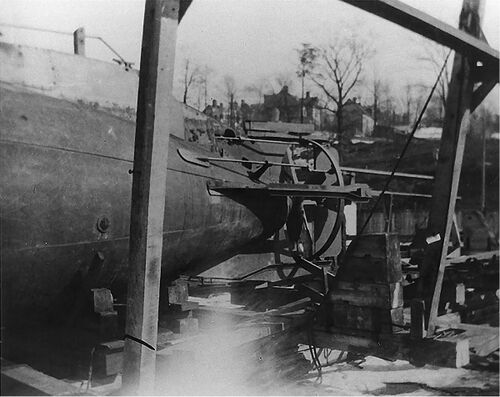
US Navy Photo

US Navy Photo
The New Suffolk Trials 1899

U.S. Navy photo
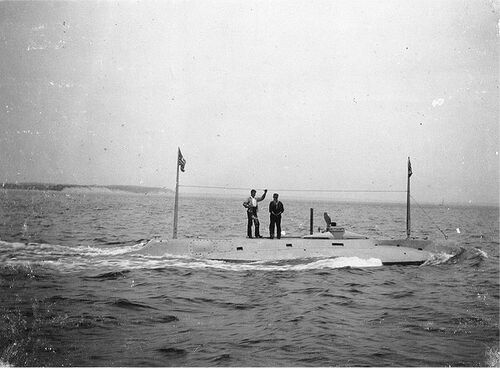
The Holland heading out on Little Peconic bay for trial runs. The course was laid out in a north-south direction parallel to Little Hog Neck and marked by flagged buoys. These photos were taken on an early July 1899 running of that course.
U.S. Navy photo
U.S. Navy photo
U.S. Navy photo

Holland heading back to New Suffolk, NY at the conclusion of the trial run in Little Peconic Bay, July 1899.
U.S. Navy photo
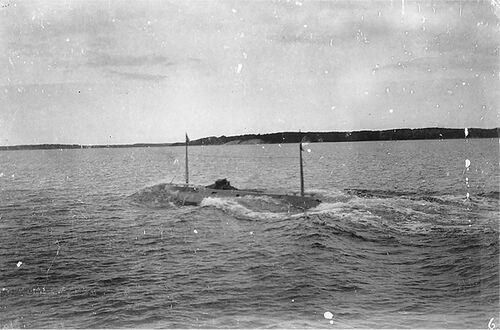
A view from the port quarter as Holland makes her way back to New Suffolk at the end of the trial run.
U.S. Navy photo
The Greenport Haulout
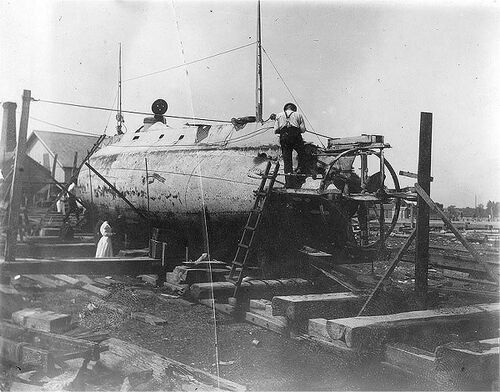
U.S. Navy photo
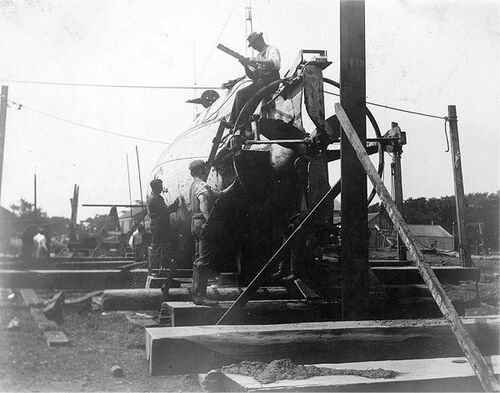
Holland hauled out at Greenport, NY., 1899. This view from the stern shows several Holland Company employees working at her stern.
U.S. Navy photo
U.S. Navy photos
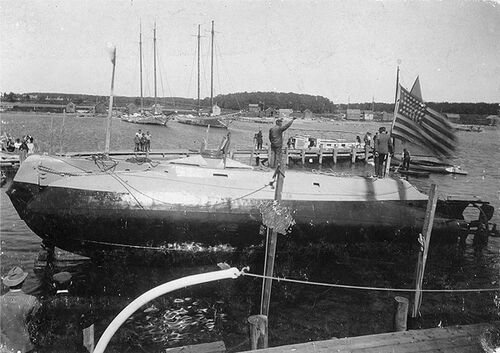
Holland carefully being put back into the water on the marine railway at Greenport, NY, late summer 1899. Different from a traditional launching, the boat was carefully winched back into the water, with the cradle she was sitting on rolling on steel tracks laid on the slip.
U.S. Navy photo
